A Guide to Healthcare
When people access the wrong healthcare services, they run the risk of not getting the help they need when they really need it. The incorrect use of services also has a negative impact on the NHS with the underuse of some services, and congestion of others.
Magpie was commissioned by NHS South East London to create an accessible tool to simplify and improve equitable access to healthcare. This would also enhance the efficiency of NHS operations in this culturally and linguistically diverse region.

Date
Jan 2024 - Mar 2025
Client
NHS South East London ICB
Scope of work
- Accessibility
- Behavioural Insights
- Clear communication of complex insights
- Co-production, engagement and community representation
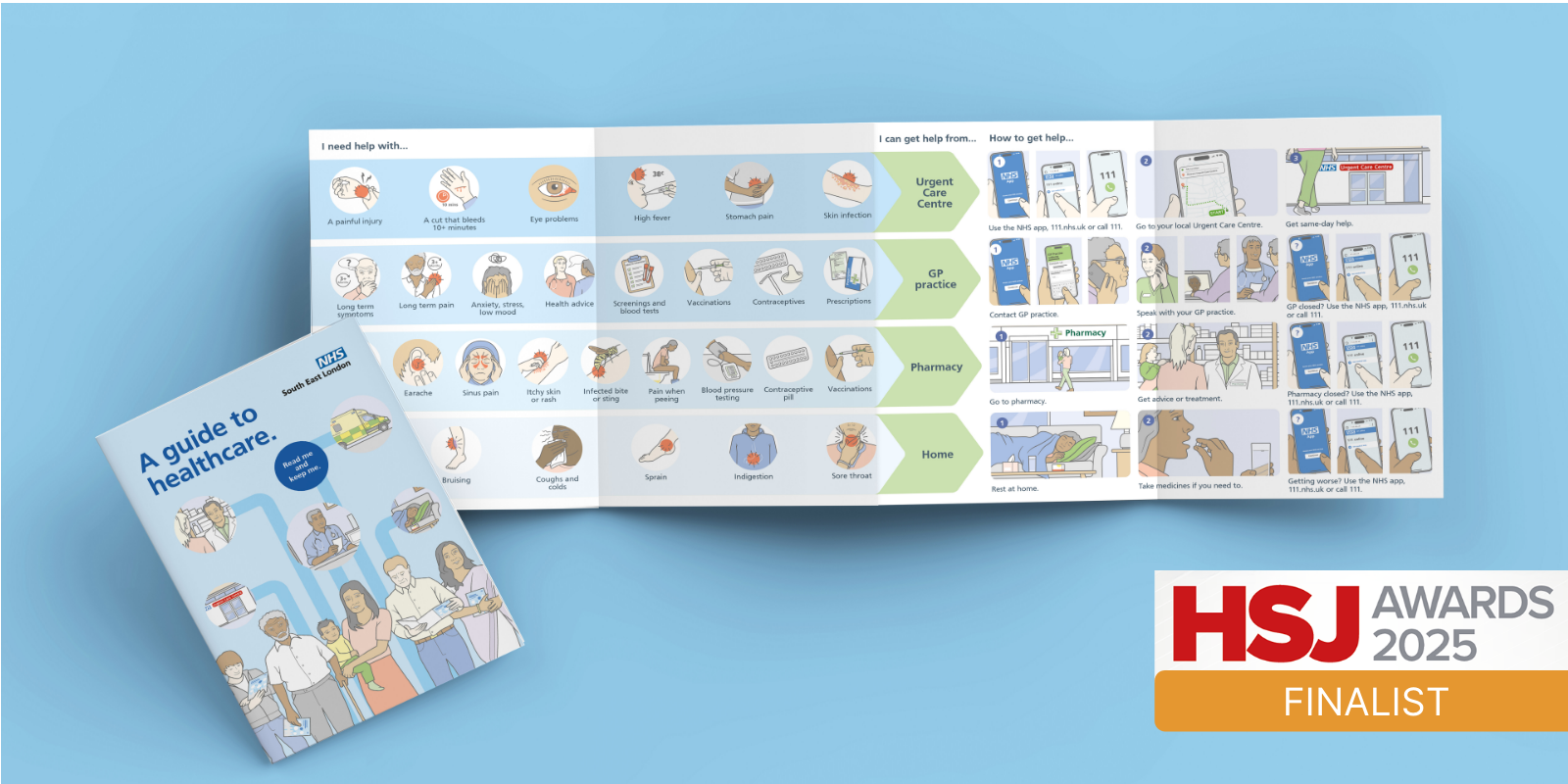
Why navigating the NHS matters
Our brief was to create a tool centred around simple and accessible visual communication, with minimal text to help people navigate the different NHS services. The tool needed to shift the usual approach from service-centred (“what can the NHS do for you”) to a user-perspective (“what do I need help for?”). We worked with the NHS South East London team to understand the full range of NHS services, how people navigate them, and what barriers or challenges may occur.
Using a user-centred approach to design grounded in behavioural science, we prioritised inclusivity in the tool’s development. Our approach involved three iterative stages, engaging 87 participants from over 20 linguistic groups and ethnic backgrounds, including Black African, South Asian, Caribbean, and Latinx communities of South East London.
In the first stage, we collaborated with NHS stakeholders to co-create an initial prototype, which was centred around how to get help for a range of common symptoms.


Our user-first design approach: Designing with communities at the heart
Focus groups with the target audience provided critical insights into usability, accessibility, and design preferences for this prototype. There were two rounds to the final prototype development.
Round 1: We tested understanding of symptom illustrations and ‘how to access’ instructions to define the brief for the final prototype.
Before designing the tool, we conducted focus groups to assess their comprehension of the information and the clarity of sample illustrations. A key question was whether the tool could be purely visual or if it required text to explain concepts.
We tested various illustration styles to see which one would be most effective. We created different types of illustrations and developed scenarios, such as ‘If I have a possible broken bone, where do I need to go?’ to test how well people understood the user journey. The results of this testing informed our decisions on the final illustration style and content, which we then used to create the initial prototype.

Round 2: We tested a prototype developed from the learnings of Round 1 with users in Lewisham.
Building on the results of our initial testing, we created a prototype. We evolved the prototype design through a rigorous creative process. A key part of our creative solution was collaborating with an illustrator to translate symptoms and scenarios into clear visual cues, reducing reliance on text and overcoming language and literacy barriers.
We project-managed the development closely, guiding the creative direction, shaping the visual narrative, and ensuring every decision was anchored in user insight.
The prototype was tested with the audience once again. We conducted in-depth observations and evaluations with linguistically and culturally diverse participants through scenario-based activities, where users tested the tool’s effectiveness in navigating specific healthcare pathways, including NHS services.
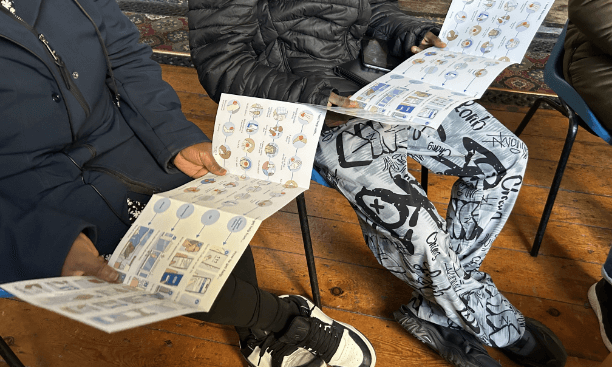
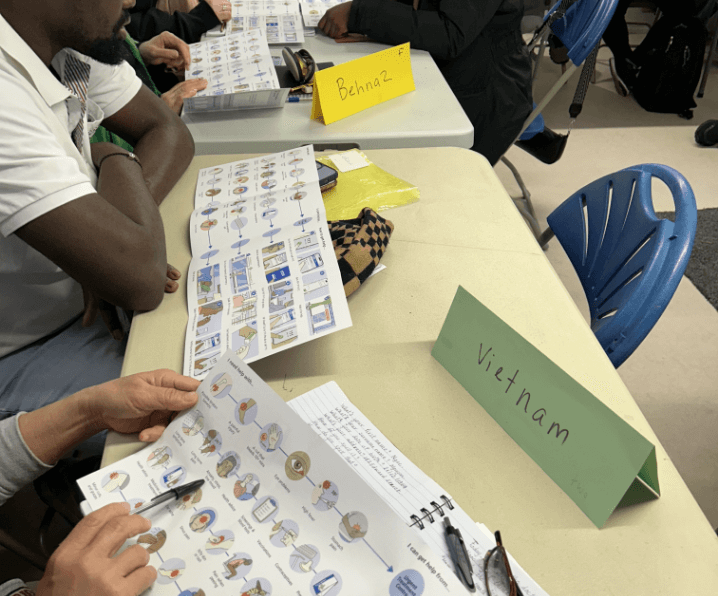
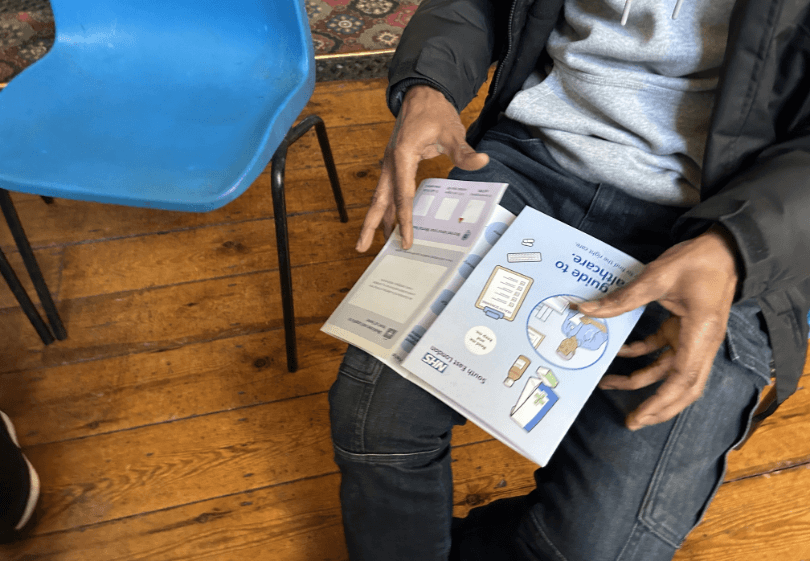
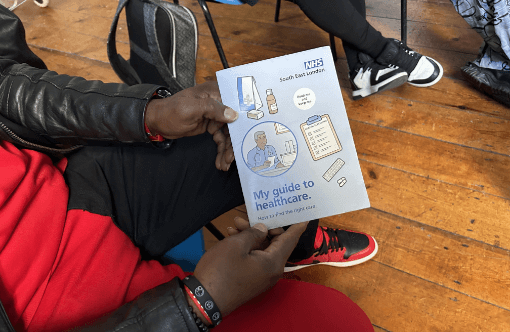
The prototype tool effectively addressed language and literacy barriers, empowering users to navigate healthcare and NHS services with more confidence. Participants valued the intuitive visual design and cultural sensitivity for enhanced understanding of NHS services.
“Very clear, and easy to follow the line across and where it ends. It’s good to refer to.”
– Workshop participant
“Easy to understand, not too much info, image is really useful and straight forward.”
– Workshop participant
“Don’t need to ring GP first, I can use the guide to help inform.”
– Workshop participant

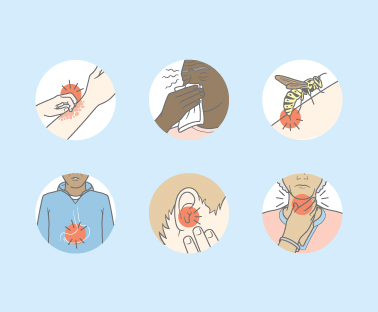
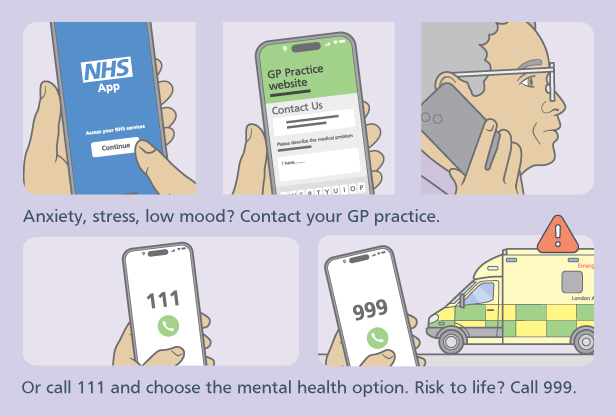
Testimonial
“This was – and still is – a very important project for us, as it addresses a really complex area of public interaction with the health service. And as with all complex things, making it simple was the challenge. We took a concept to Magpie, and they worked with us, and people who live in south east London, to develop it into something real – something that we were confident to deliver into people’s homes. Magpie came with creativity, ideas and challenge, along with solid project management, clear communication and overall reliability.”
Campaign results and impact
The guide was piloted in Lewisham over a 3-month period (January to March 2025). It was distributed to 112,697 households in the area, as well as being handed out at key locations such as train stations, GP practices and community settings such as libraries and family hubs. A post-pilot survey was conducted by NHS South East London to measure the effectiveness of the tool.
The guide has also been shortlisted for the NHS Communications Initiative of the Year Award in the HSJ Awards 2025.
93,594
more NHS app log ins in three months, with a notable 14.48% increase from February to March 2025, indicating strong campaign recognition.
100%
Surveys revealed that 100% of participants would choose an alternative to A&E for a sore throat, and 98% for an earache. Confidence levels in using different NHS services, such as Urgent Care Centres and NHS 111, saw significant increases.
1,289
Pharmacy First consultations hit a new peak of 1,289, and ambulance handover delays were reduced by 10.72% indicating a reduced pressures on services.
95%
said the guide was clear and easy to understand.
85%
said they had learnt something new.
Let’s work together
Are you looking for support to create user-centred design for your campaign or service? At Magpie we design with the audience (not to them) and strive to make the complicated easy to understand and accessible for all. Explore more of our work and get in touch for more information.
Contact usSee more projects:
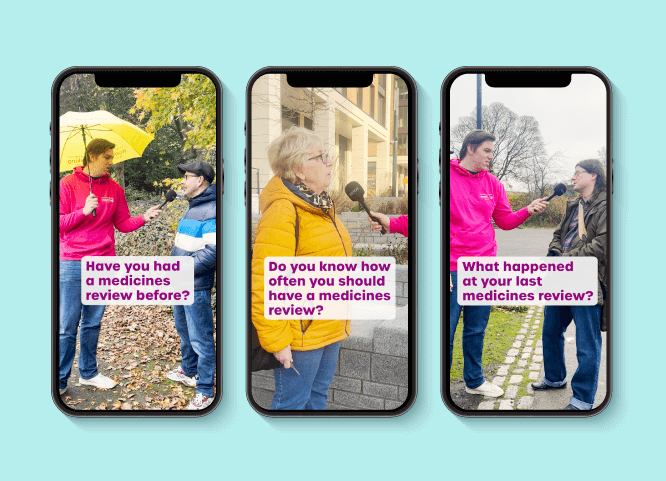
Are your medicines working for you?
The ‘Are Your Medicines Working For You?’ campaign aimed to encourage more open, proactive conversations between patients and healthcare professionals. It focused on helping people reflect on whether their long-term medications were still right for them, and to take action by booking a free NHS medicine review.
Read more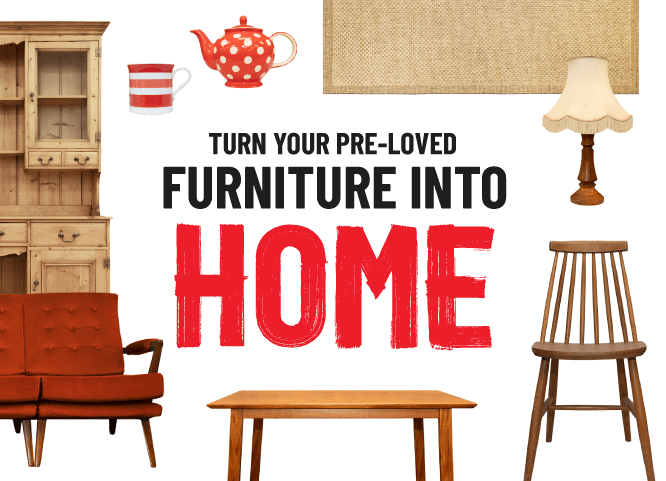
Boosting donations to Shelter Retail Stores
By combining behavioural insights with Shelter’s audience research, we created bold creative campaigns that inspired donors to turn their 'pre-loved items into home' for those that need it most, boosting donations across 77 stores nationwide.
Read more


